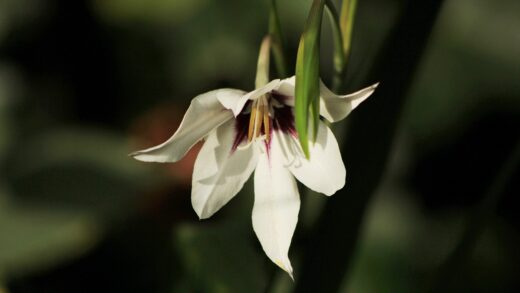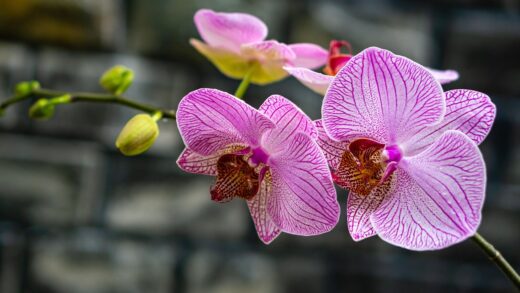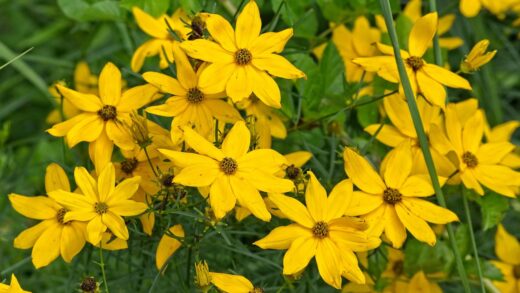While the ZZ plant is celebrated for its toughness and resilience, its care needs change significantly with the seasons. As the days shorten and temperatures drop, this plant, which is native to the warm climates of eastern Africa, enters a period of dormancy. This resting phase means its growth slows to a near halt, and its requirements for light, water, and nutrients change dramatically. Understanding these seasonal shifts is crucial to successfully overwintering your ZZ plant and ensuring it remains healthy and vibrant, ready to spring back to life when warmer weather returns. The key to winter care is to reduce your care regimen rather than increase it.
Reducing watering frequency
The most critical adjustment to your ZZ plant care routine in winter is a significant reduction in watering. The plant’s slow growth during this period means it is using far less energy and, consequently, far less water. Its water-storing rhizomes are well-equipped to get it through the cooler, drier months. Continuing to water your ZZ plant as frequently as you do in the summer is the fastest way to cause its death. The perpetually wet soil will lead to root rot, which is the number one killer of these plants.
During the winter, you should only water your ZZ plant when the soil has become completely bone dry. This means not just the top inch or two, but all the way down to the bottom of the pot. Depending on your home’s temperature and humidity, this could mean watering once every month or even every other month. Before watering, it’s always a good idea to check the soil with your finger or a moisture meter to be certain it’s dry. When you do water, do so thoroughly, but remember to dump any excess water from the saucer immediately.
Light requirements in winter
Even though the ZZ plant is famous for its ability to tolerate low light, the reduced light levels of winter can still affect its health. Placing it in the brightest possible indirect light you can find in your home during the winter months will help it maintain its vigor and prevent it from becoming leggy. While the plant won’t actively grow, providing it with ample light helps it store energy for the upcoming spring. A spot near a window, away from cold drafts, is an ideal location.
It is important to remember to keep the plant away from any direct heat sources, such as radiators or heating vents, which can dry out the leaves and stems. The lack of active growth in winter also means the plant is more sensitive to changes in its environment, so try to find a stable location and leave it there for the season. If you live in a region with extremely dark winters, you can supplement with a grow light, though this is not strictly necessary for the ZZ plant to survive.
Avoiding drafts and temperature fluctuations
The ZZ plant is not a fan of cold temperatures or sudden changes in temperature. As a tropical plant, it thrives in a warm, consistent environment. Exposing it to cold drafts from windows or doors can cause the leaves to turn yellow or black, as the cold can damage the plant’s cells. It’s best to move your ZZ plant away from any areas that might experience a draft during the winter. A spot near an interior wall, rather than directly next to a window, can be a safer option.
The ideal winter temperature for a ZZ plant is between 60-75°F (15-24°C). The plant can tolerate temperatures down to 50°F (10°C) for short periods, but consistently colder temperatures can cause stress and lead to problems. It is important to remember that the soil will stay moist for longer in colder temperatures, so this is another reason to be extra careful with your watering. Maintaining a stable environment is the most important part of its winter care routine.
Fertilization and pruning in winter
During the winter months, when the ZZ plant is dormant, it has no need for additional nutrients. Applying fertilizer at this time is not only unnecessary but can also be harmful. The plant is not actively growing and cannot absorb the nutrients, which can lead to a buildup of salts in the soil. This salt buildup can cause chemical burns to the roots and lead to browning of the leaf tips. It is best to stop all fertilization in the fall and resume in the spring when you see new growth emerging.
Similarly, pruning should be avoided in winter unless absolutely necessary to remove a diseased or dead stem. The plant’s slow growth means any cuts will heal very slowly, and pruning can be an unnecessary stressor on a plant that is in a resting phase. It is best to wait until the spring when the plant is actively growing to perform any major pruning. By reducing your care regimen and letting the plant rest, you are setting it up for a healthy and vigorous growing season.




















